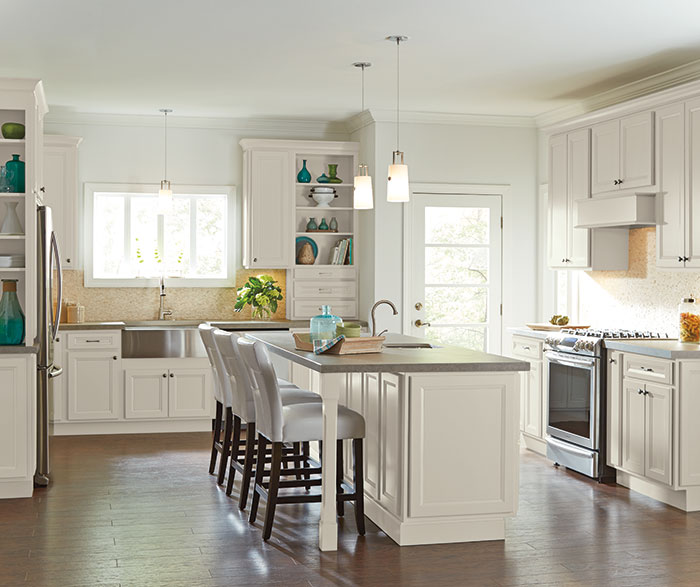Upgrade Your Kitchen with Classy Kitchen Island Leg Solutions
The Importance of a Sturdy Cooking Area Island Leg in Producing a Functional Cooking Area
A tough kitchen area island leg acts as a fundamental component in establishing a practical food preparation environment, offering essential support for both the kitchen counter and various kitchen activities. The stability it provides can dramatically reduce the danger of mishaps in high-traffic areas, while likewise adding to the total aesthetic comprehensibility of the area. As kitchens progress into multifunctional areas for cooking, dining, and socializing, the option of materials and style factors to consider for island legs comes to be significantly essential. Recognizing these elements can transform your kitchen area into a safer and much more effective location, motivating more expedition into the most effective choices available.
Advantages of Sturdy Island Legs
Giving vital support, sturdy cooking area island legs play a critical role in boosting the capability and longevity of kitchen area islands - kitchen island leg. These legs not just birth the weight of the counter top and any kind of extra items positioned on the island, however also add to the total security of the structure. A well-supported kitchen island guarantees that it remains upright and practical, also under heavy usage, which is specifically important in busy kitchen area environments
In addition, tough island legs can improve the visual allure of the cooking area. They provide a strong framework that can enhance different style styles, from modern to typical. This convenience enables homeowners to tailor their kitchen islands according to personal taste while ensuring that the architectural honesty stays uncompromised.
In enhancement to their encouraging duty, robust kitchen island legs can additionally boost safety and security. A secure island minimizes the risk of accidents brought on by wobbling or tipping, which is specifically critical in homes with children or elderly individuals. Solid legs can promote a smooth flow of tasks, allowing for efficient meal prep work and social interactions within the kitchen area room. Inevitably, spending in sturdy kitchen area island legs is crucial for a functional and visually pleasing cooking area.
Materials for Kitchen Area Island Legs
When selecting materials for cooking area island legs, longevity and visual charm are crucial factors to take into consideration,. One of the most typical materials consist of wood, metal, and engineered wood, each offering unique advantages.
Wood, such as oak, cherry, or maple, is a classic selection because of its stamina and timeless beauty (kitchen island leg). It can endure significant weight and is immune to use, making it optimal for high-use kitchen settings. Furthermore, wood can be discolored or repainted to match different cooking area styles
Metal legs, usually crafted from stainless steel or functioned iron, supply a commercial and modern-day appearance. They are unbelievably strong and can sustain substantial loads while being resistant to wetness and heat, which is useful in a that site cooking area. Steel legs can additionally be conveniently cleaned, improving their practicality.

Design Factors To Consider for Stability
The option of products for kitchen island legs straight influences the layout considerations for security. When creating a kitchen area island, it is critical to evaluate the weight-bearing ability of the selected products. Larger materials, such as strong wood or metal, typically offer greater stability, particularly under the stress and anxiety of everyday use.
In addition, the leg style must incorporate proper geometry to improve security. A bigger base increases the support location, decreasing the threat of tottering or tipping. Consideration needs to also be provided to the height of the legs; out of proportion leg lengths can cause inequality, jeopardizing the total security of the island.
Furthermore, the circulation of weight throughout the island is important. Ensuring that the leg placement straightens with the heaviest elements, such as devices and countertops, will better enhance stability.
Maintenance Tips for Long Life

Depending on the product of the legs-- whether timber, metal, or composite-- ideal cleaning approaches should be employed. Steel legs may require a light polish to protect against corrosion and keep their luster.
Furthermore, tightening up screws and screws regularly can guarantee stability and avoid wobbling. Think about strengthening the legs with extra brackets or supports to enhance sturdiness if the cooking area island experiences hefty use. Applying a protective finish or sealer can secure versus dampness and spots, extending the lifespan of the legs. By following these upkeep ideas, house owners can guarantee their kitchen area island legs stay practical and robust for many years to find.
Selecting the Right Leg Style
Routine upkeep guarantees that kitchen area island legs stay useful and strong, yet selecting the best leg style is similarly essential for both aesthetics and support. The view website choice of leg style can dramatically affect the total layout and consistency of your cooking area.

Functionality is another critical element. Thicker legs or those with a tough base can support heavier kitchen counters and equipment, improving the island's energy. Conversely, slender legs may develop an airy look, suitable for lighter styles however potentially much less encouraging.
Conclusion
In recap, the significance of sturdy kitchen area island legs can not be overemphasized in the creation of a useful cooking location. These legs provide important support, improve stability, and add to the total aesthetic of the kitchen.
A strong cooking area island leg offers as an essential part in establishing a functional food preparation atmosphere, giving required assistance for both the countertop and different kitchen tasks.Offering vital support, strong kitchen island legs play an essential role in improving the functionality and durability of cooking area islands. Eventually, investing in durable cooking area island legs is vital for a useful and visually pleasing cooking location.
Consideration must additionally be given to the elevation of the legs; disproportionate leg lengths can lead to inequality, compromising the total stability of the island.
Wood legs provide heat and a classic appearance, while steel legs offer a industrial and contemporary feeling.